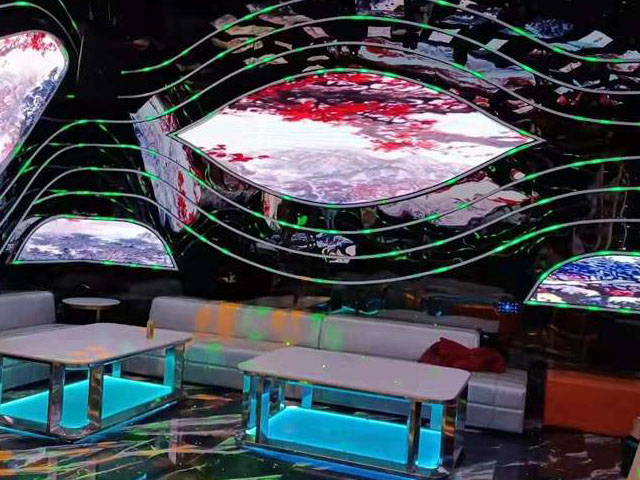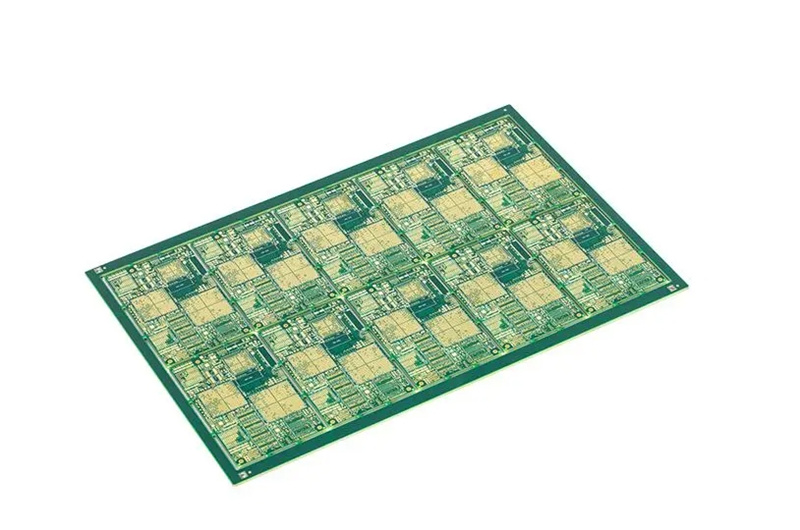LED walls have become increasingly popular in recent years, due to their ability to display high-quality images and video with excellent color accuracy and brightness. They are widely used in a variety of settings, including live events, television studios, retail spaces, and more.
In this blog post, we’ll be focusing on two specific types of LED walls: P4 and P6 LED display. We’ll define these terms, compare their features and performance, and discuss the pros and cons of each. By the end of this post, you should have a good understanding of which type of LED wall might be best for your needs.
Definition of P4 and P6 LED Walls
First, let’s define the terms P4 and P6. These numbers refer to the “pixel pitch” of the LED wall, which is a measure of the distance between the center of each LED pixel. The smaller the pixel pitch, the higher the resolution and image quality of the LED wall.
A P4 LED wall has a pixel pitch of 4 millimeters, while a P6 LED wall has a pixel pitch of 6 millimeters. This means that the LED pixels on a P4 wall are spaced closer together than those on a P6 wall.
In terms of physical characteristics, P4 LED walls have a higher pixel density than P6 walls, with approximately 250,000 pixels per square meter compared to approximately 111,000 pixels per square meter. This means that P4 LED walls can display more detailed and higher resolution images than P6 walls.
Comparison of P4 and P6 LED Walls
Now that we’ve defined the terms P4 and P6, let’s compare the features and performance of these two types of LED walls.
In terms of resolution and image quality, P4 LED walls are the clear winner. As mentioned above, their higher pixel density allows them to display more detailed and higher resolution images than P6 walls. This makes them a good choice for applications where image clarity and detail are important, such as live events or television studios.
However, it’s important to note that the optimal viewing distance for P4 LED walls is generally closer than that of P6 walls. This means that P4 walls are best suited for viewing by people who are relatively close to the screen, while P6 walls are better suited for viewing at a distance. As a general rule, P4 walls are best viewed from a distance of 3-10 meters, while P6 walls are best viewed from a distance of 5-20 meters.
In terms of price and maintenance requirements, P6 LED walls are generally less expensive and require less maintenance than P4 walls. This is due in part to their lower pixel density, which means there are fewer LED pixels to maintain and replace. However, it’s worth noting that the overall cost of an LED wall depends on a variety of factors, including the size of the wall and the quality of the LEDs used.
Pros and Cons of P4 and P6 LED Walls
Now that we’ve compared the features and performance of P4 and P6 LED walls, let’s summarize the main advantages and disadvantages of each.
P4 LED walls offer the following benefits:
- Higher resolution and image quality
- Wide color gamut and excellent color accuracy
- Suitable for viewing at close distances
However, P4 LED walls also have some drawbacks:
- Higher price point
- Higher maintenance requirements (due to the higher pixel density)
P6 LED walls, on the other hand, offer the following benefits:
- Lower price point
- Lower maintenance requirements (due to the lower pixel density)
- Suitable for viewing at a distance
However, P6 LED walls also have some drawbacks:
- Lower resolution and image quality compared to P4 walls
- Not as suitable for viewing at close distances
Conclusion
In conclusion, P4 and P6 LED walls both have their own unique advantages and disadvantages. P4 LED walls offer higher resolution and image quality, but are more expensive and require more maintenance. P6 LED walls are more affordable and require less maintenance, but have lower resolution and image quality.
When deciding which type of LED wall is best for your needs, consider the following factors:
- The distance at which the wall will be viewed
- The importance of resolution and image quality
- The budget and maintenance requirements
If you need a high-quality display that will be viewed up close, a P4 LED wall might be the better choice. On the other hand, if you need a more affordable display that will be viewed at a distance, a P6 LED wall might be the better option.
Regardless of which type of LED wall you choose, it’s important to select a high-quality product from a reputable manufacturer to ensure that you get the best performance and value for your money.





Leave a Reply
You must be logged in to post a comment.